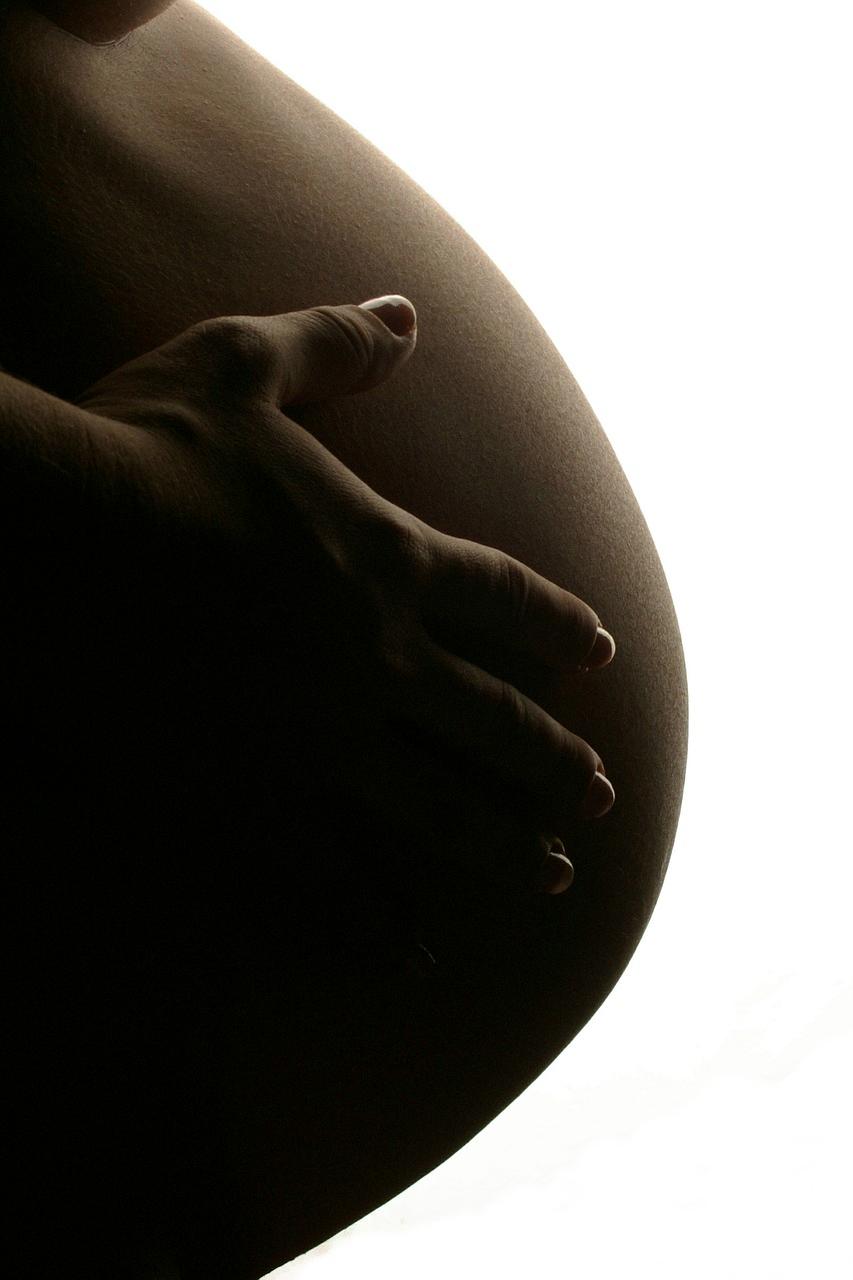During labor and delivery, it’s crucial for healthcare providers to monitor the baby for signs of distress. Fetal distress occurs when the baby is not getting enough oxygen, leading to potential complications. It’s important for expectant mothers to be aware of the signs that may indicate fetal distress so that prompt action can be taken to ensure the safety of both the baby and the mother.
Signs to Watch Out For
One of the key signs of fetal distress is changes in the baby’s heart rate. Monitoring the fetal heart rate is a critical aspect of childbirth, as abnormalities in the heart rate can indicate distress. For example, persistent rapid heart rate or bradycardia (a heart rate that is too slow) can be concerning signs.
Variable Decelerations
Variable decelerations, as mentioned earlier, are sudden drops in fetal heart rate that can occur when the umbilical cord is compressed or when there is an issue with blood flow to the baby. These decelerations can be detected through continuous monitoring during labor and may prompt the need for further evaluation.
Meconium Staining
Another sign of fetal distress is meconium staining of the amniotic fluid. Meconium is the baby’s first stool, and if it is present in the amniotic fluid, it may indicate that the baby is experiencing stress and may have passed stool while still in the womb.
Reduced Fetal Movement
Decreased fetal movement can also be a sign of distress. While it’s normal for a baby’s movements to slow down as the due date approaches, a significant decrease in movement or the absence of movement should be reported to a healthcare provider for further evaluation.
Abnormal Positioning
If the baby is not in the optimal position for delivery, it may also be a sign of fetal distress. Malpresentation, such as a breech position, can increase the risk of complications during delivery and may require special interventions to ensure the safety of both the baby and the mother.
Maternal Symptoms
It’s important to note that signs of fetal distress can sometimes manifest as symptoms in the mother as well. Maternal hypertension, fever, or abnormal bleeding may indicate that the baby is experiencing distress and should not be ignored.
Uterine Contractions
Uterine contractions that are too frequent, too prolonged, or too intense can also impact the baby’s oxygen supply and lead to signs of distress. Monitoring the pattern and strength of contractions is essential in detecting any issues that may arise during labor.
Other Indicators
In addition to the signs mentioned above, other indicators of fetal distress include abnormal levels of amniotic fluid, abnormal maternal weight gain, and abnormal fetal growth. These factors, when observed together, may point to underlying issues that require immediate attention.
Importance of Timely Intervention
Recognizing the signs of fetal distress and taking prompt action is crucial in ensuring the well-being of both the baby and the mother. Healthcare providers are trained to monitor these signs and make informed decisions to address any potential complications that may arise during labor and delivery.
Conclusion
Being aware of the signs of fetal distress and staying informed about what to look out for can empower expectant mothers to communicate effectively with their healthcare providers and advocate for the best possible care during childbirth. By understanding these warning signs and seeking timely interventions, the risks associated with fetal distress can be minimized, leading to a safer and healthier delivery for both the baby and the mother.

